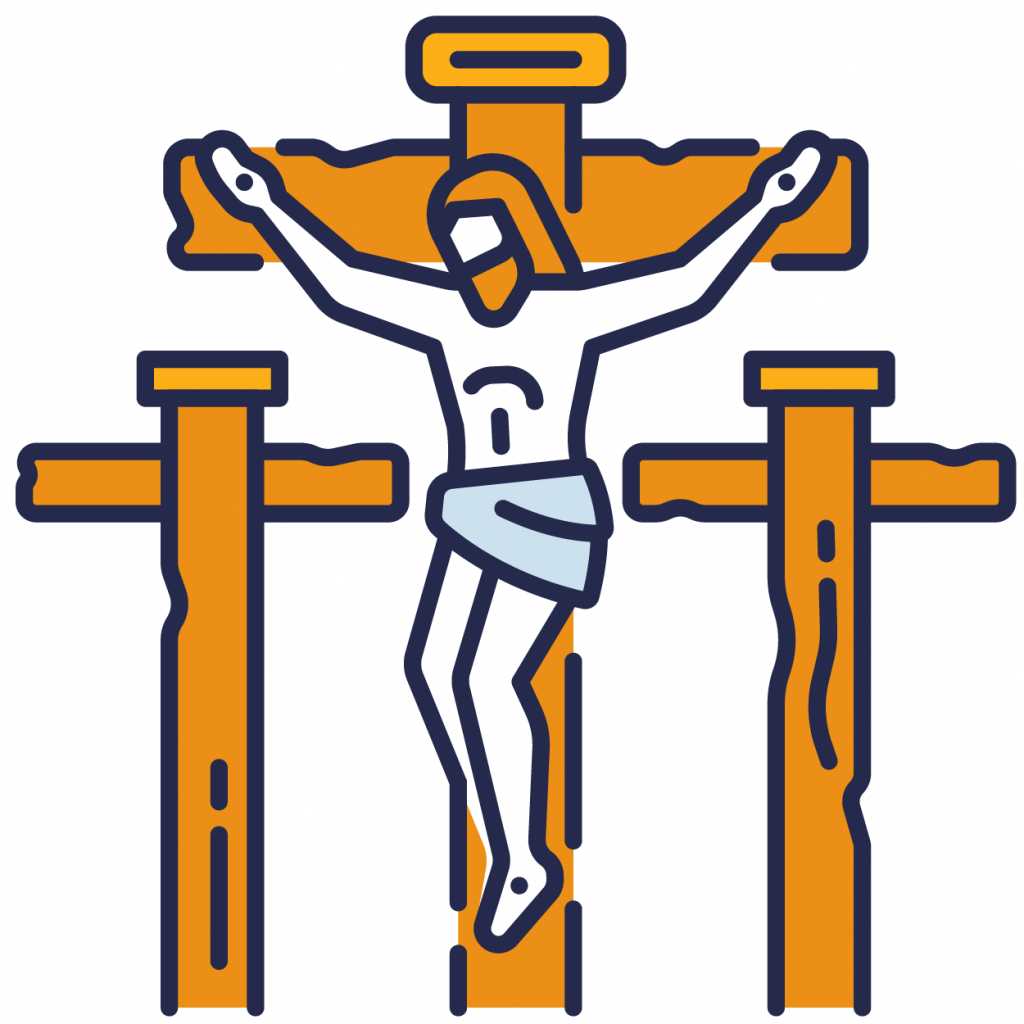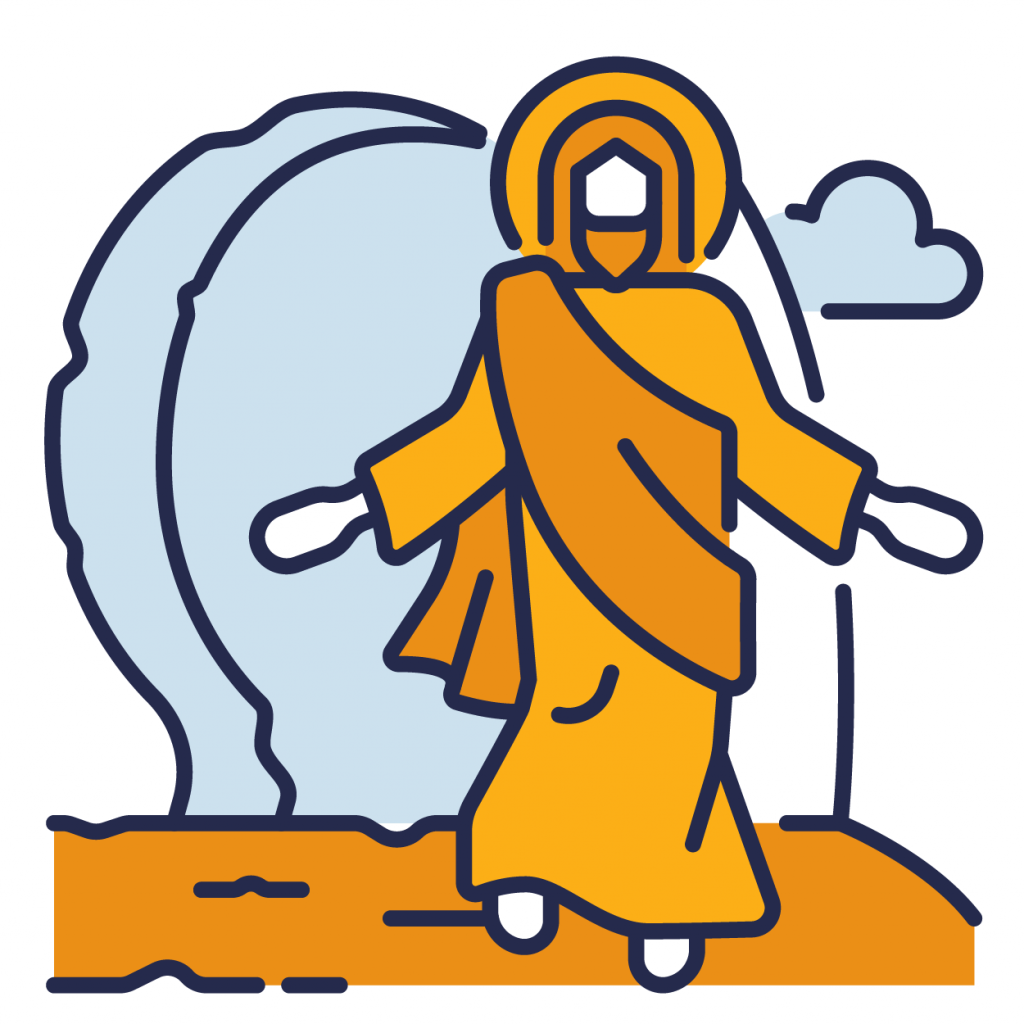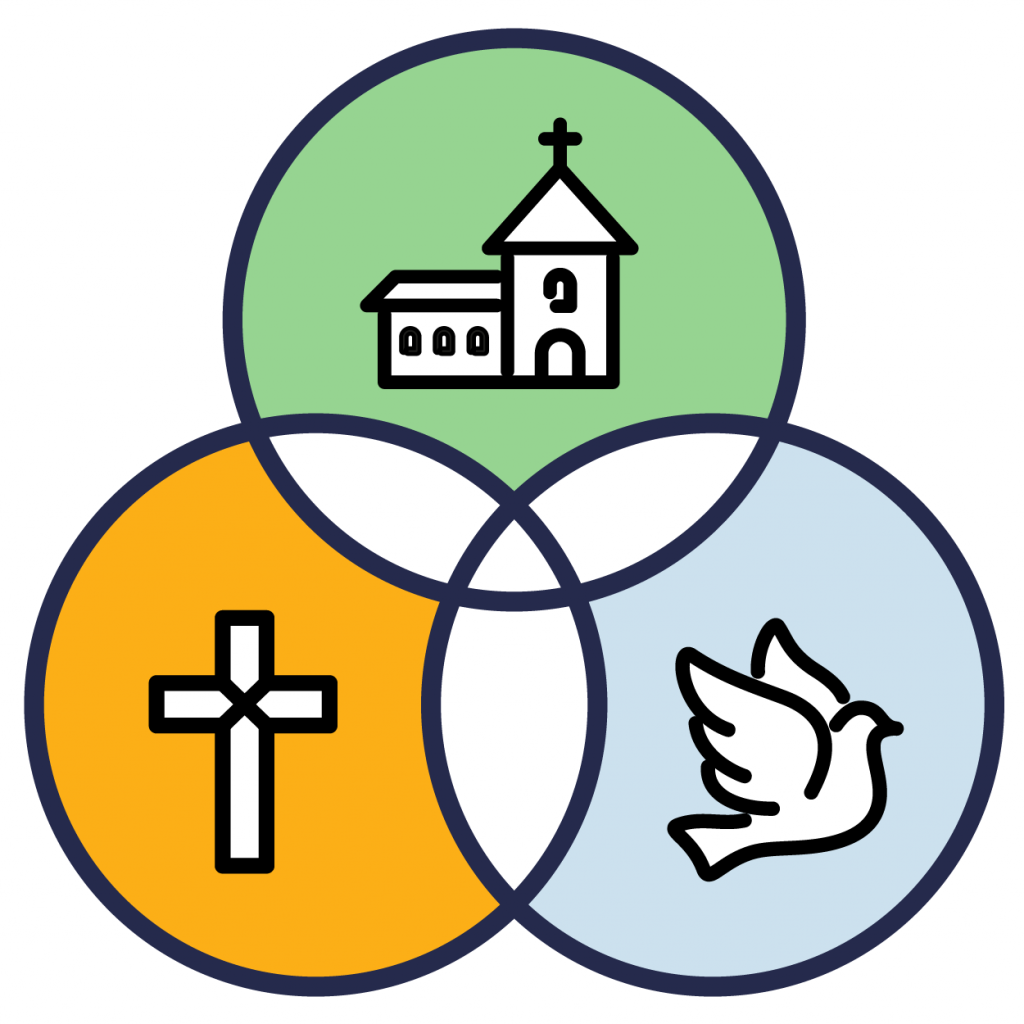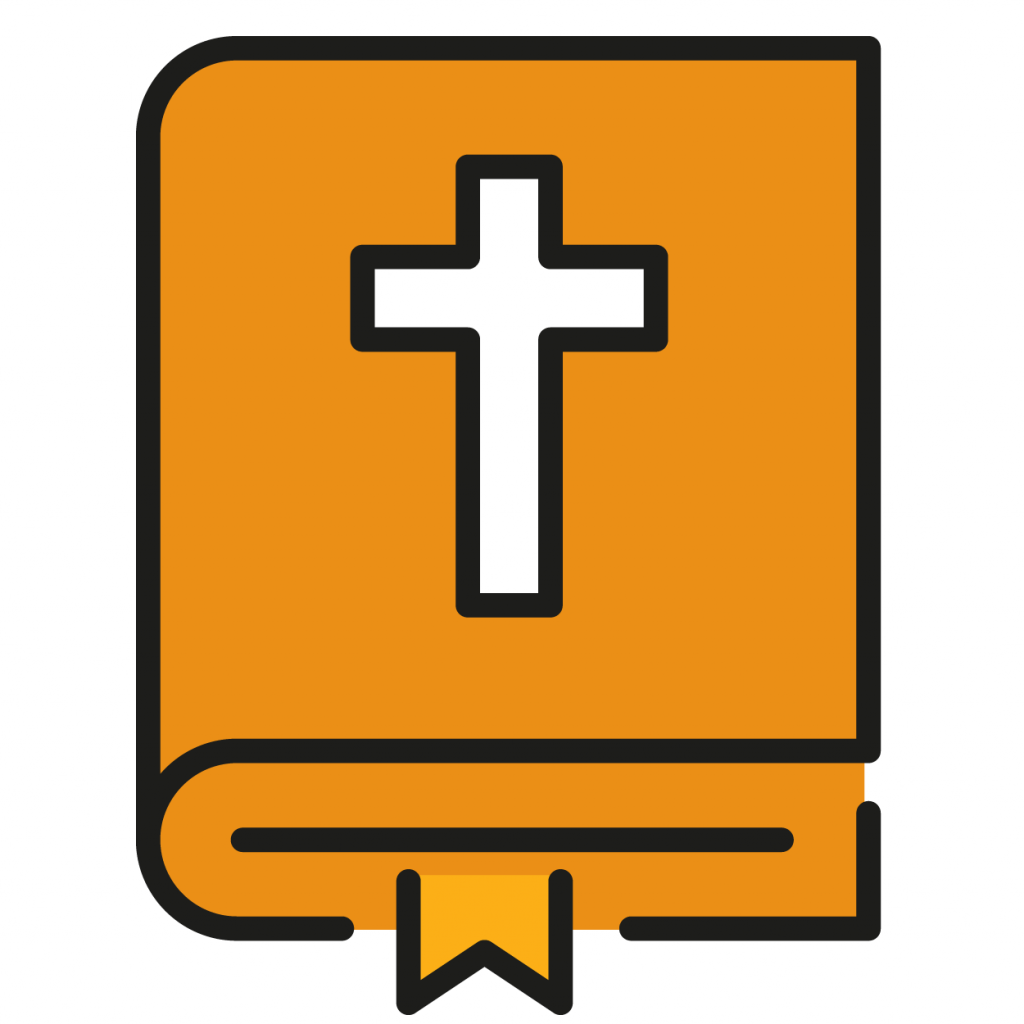
What Do Catholics Believe?
A new edition of The Catholic Faith Handbook is coming in 2026! Sign up today, and when it’s ready, we’ll send you a free sample to review.
It’s a question that sparks conversation: What does it really mean to be Catholic? Ask around, and you might hear two very different answers.
For some, Catholicism is a way of life. It shows up in small but steady rhythms, like prayers before family meals, Advent wreaths, or Friday fish fries. Catholicism feels like home. More than a set of rules, it’s a whole culture or way of being in the world.
For others, Catholicism is only what they see in the media. It’s narrowed to controversy, scandal, or caricatures of the Church’s teachings. Students who encounter Catholicism this way may believe they already “know” what the Church is about, but their impression is incomplete.
This contrast raises an important challenge for teachers, catechists, and ministers: How do we help young people move beyond stereotypes and cultural impressions to encounter the heart of Catholic belief?
That is the purpose of The Catholic Faith Handbook, Fourth Edition. It not only introduces students to the richness of Catholic Tradition but also opens minds and hearts to deeper reflection—and perhaps even a renewed sense of faith and purpose.
An exciting update is on the way! The Catholic Faith Handbook, Fourth Edition is coming in 2026! Get on the list to evaluate a copy!
The Core of Catholic Belief
The following list offers just a glimpse into the heart of what Catholics believe. The Catholic Faith Handbook invites students to explore these beliefs more deeply, uncovering how they shape not only what Catholics think, but how they live, pray, and see the world.

God created people to live in harmony with him and with one another, but sin broke that relationship.

Throughout history, God reached out to rebuild that relationship through special promises, or covenants, with people like Noah, Abraham, and the Israelites.

God sent Jesus, his Son, to heal what was broken. Jesus is both fully human and fully divine, and through his death and Resurrection, he restored the bond between God and humanity.

After rising from the dead, Jesus opened the way to eternal life for all who live faithfully.

The Holy Spirit, who is one with the Father and the Son, continues to guide, strengthen, and bring truth to the world.

God is a Trinity—one God in three Persons: Father, Son, and Holy Spirit—a mystery revealed by Jesus.

Jesus founded the Catholic Church on the Apostles, entrusting them and their successors (the Pope and bishops) with preserving and teaching God’s truth, known as Sacred Tradition.

The Bible, or Sacred Scripture, is another source of God’s truth. Inspired by the Holy Spirit, it teaches what we need to know for our salvation.

Every person is made for eternal life. Those who believe in Christ and live faithfully will share eternal happiness with God. Salvation is also possible for those who sincerely seek truth and goodness, even if they do not know Christ directly.
These teachings are not abstract ideas; they are the foundation of a lived faith that calls young people into a relationship with the living God.
Helping Teens Encounter More than a Label
Learners who encounter faith in a clear and engaging way can begin to see Catholicism not only as a religion, but as a living relationship that gives meaning and direction to life.
That is what The Catholic Faith Handbook, Fourth Edition makes possible. It helps students move beyond impressions and into an authentic discovery of what it really means to be Catholic.
Check out the updated Catholic Faith Handbook, Fourth Edition and get on the list to evaluate a copy for 2026!
Adapted from The Catholic Faith Handbook, Fourth Edition, by Brian Singer-Townes et al. (Saint Mary’s Press, 2026). Copyright © 2026 by Saint Mary’s Press. All rights reserved. www.smp.org.


